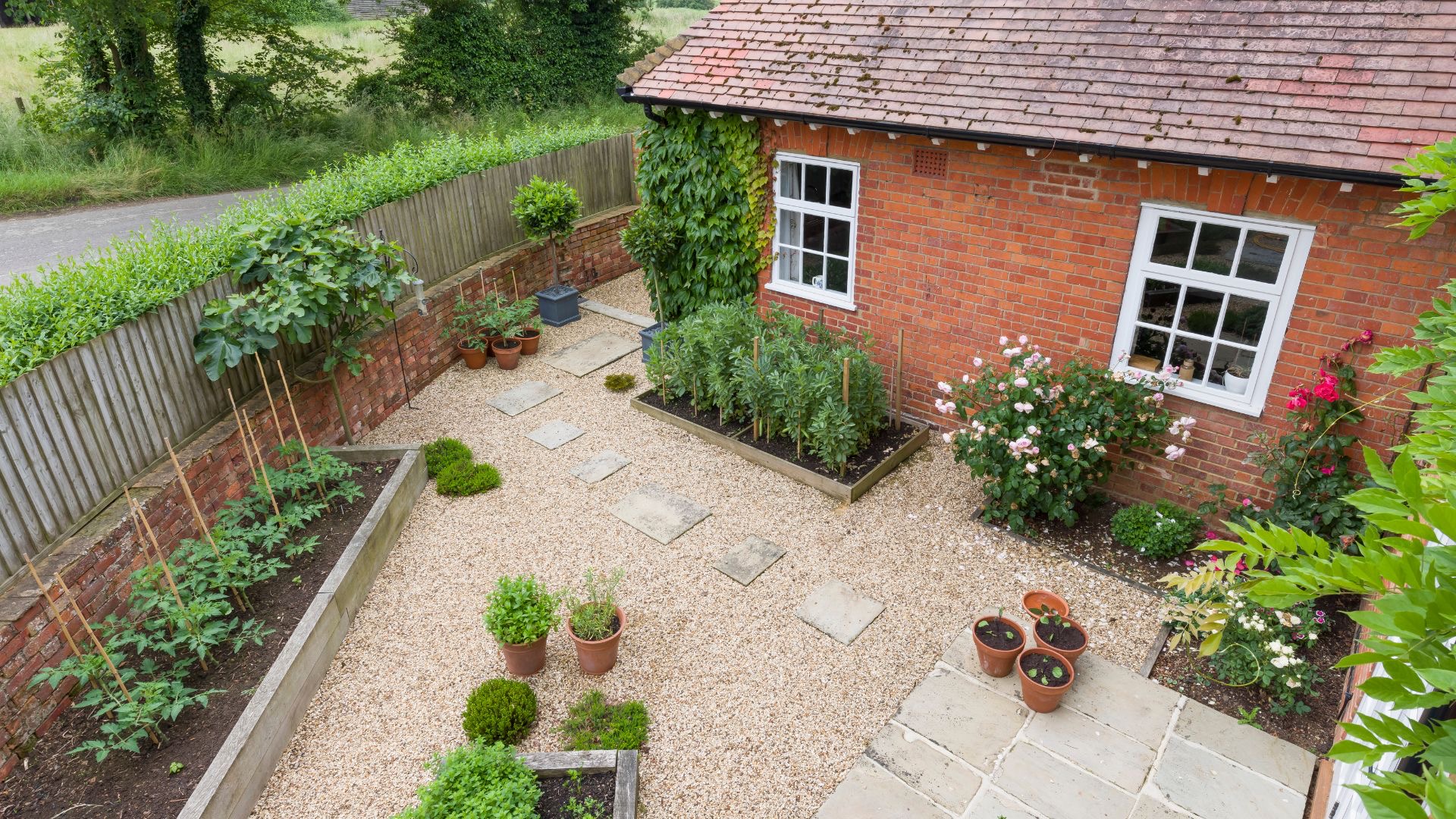If you’re wondering how often you need to water newly planted trees, or if you’re simply hoping to find out more about the maintenance behind caring for your new trees, this blog will offer you plenty of advice – including how About Trees expert services can help you maintain your green outdoor spaces.
Planting new trees and caring for them through their growth is one of the most rewarding experiences you can ask for – it’s also a perfect way of engaging with nature, enhancing your garden, and playing a small part in making sure our overall environments stay healthy, thriving, and beautiful.
However, newly planted trees require meticulous maintenance to ensure that they survive all the challenges that nature throws at them.
In particular, these trees need plenty of water to sustain them at the start – and their owners should be prepared to provide them with dedicated care during the early, vulnerable stage after just being planted.
In this blog, we’ll take a look at how often newly planted trees need to be watered, as well as how experienced tree experts like About Trees can help you with your tree-care needs:
Why do newly planted trees need to be watered carefully?
The reason newly planted trees need to be watered so carefully is because these trees will not have established root systems in the beginning, leaving them particularly vulnerable to issues like stunted growth or yellowing.
It is not enough to hope that a newly planted tree will get the sustenance it needs on its own; often, trees that aren’t cared for or given the right amount of water will yellow, wither, or even die.
They need that extra bit of manmade help to get them through that early stage of being newly planted…
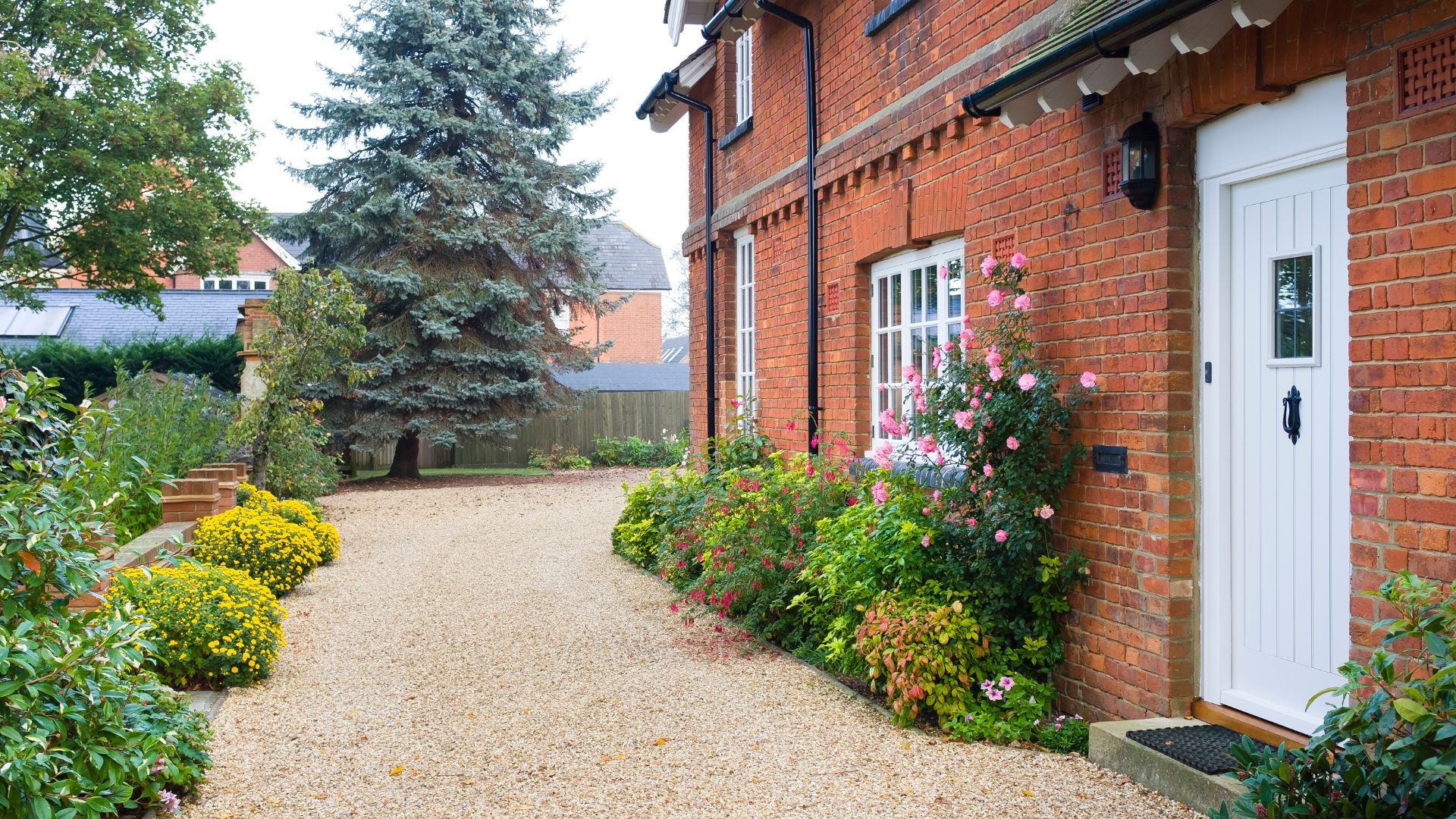
Factors to consider when watering newly planted trees
When it comes to actually watering your newly planted trees and considering how often to do so, you’ll need to consider several factors:
Weather conditions
It should come as no surprise that weather conditions will majorly affect how much water your newly planted trees need. If you are from a hotter climate or live in an area where there is little rainfall, you will need to adjust your watering schedule based on factors related to this climate.
Similarly, if your trees are planted in an area where there is a lot of rainfall, you should consider how much supplementary water is needed to ensure your trees have the right amount.
Remember, the distribution of rainfall in the UK can vary widely, meaning you’ll need to understand your own unique patch of the world so that your growing trees have exactly what they need to thrive!
Soil type
The type of soil in which your tree will be planted can affect things like water retention, meaning it can affect the growth of your trees. Soil types can vary widely.
If you are in any doubt, it is often best to consult an expert tree care service provider like ourselves.
Species of newly planted trees
The species of the newly planted tree will, of course, determine the amount of water needed to keep it healthy. Different trees have different requirements. For example, willows have a higher water requirement than pines and oaks.
Monitoring the tree itself
Even if you have done all the research, prepared accordingly, and mapped out a watering schedule, you will still need to adjust your trees’ watering requirements based on your own monitoring of their growth.
Every newly planted tree is different, so constant monitoring is required!

Helpful tips and how to avoid common mistakes
There are helpful tips and ways to avoid common mistakes when it comes to watering newly planted trees.
One tip that can greatly help you is monitoring your soil moisture levels regularly, in order to get a sense of how much water your tree is consuming. You can do this simply by inserting your finger a few inches into the soil to determine how dry it is; this will give you a sense of how quickly the tree is consuming moisture and the frequency with which you should be providing it with water.
On the other side of things, one common mistake that gardeners often make is over-watering their newly planted trees.
We understand there is a temptation to keep pouring litre after litre of water onto your tree in the hope that it will never run dry, but this can often be just as problematic as giving it no water at all. Overwatering can suffocate the roots of trees, limiting their access to oxygen.
If your tree has been overwatered, it will often display soft roots, or there might even be a bad smell coming from the soil. Be watchful of these things, to ensure you’re not pouring too much water on your tree’s roots.
Conclusion: dedication is key – and consulting specialists can help
While a lot of factors will affect your newly planted tree’s growth, you can make sure it stays healthy by staying dedicated, patient, and careful in your approach.
And, if you need any help or advice at all, you should consult with tree care specialists, who will understand exactly what your newly planted trees need. About Trees, located in Kent, is committed to offering an expert service. Find out more about what we do for our customers by clicking here.
About Trees Ltd is a dedicated tree surgeon based in Whitstable, Kent providing arboriculture and tree care services to homes and properties in Canterbury, Margate, Ashford, Dover, Maidstone, Ramsgate and many more Kent towns and cities.

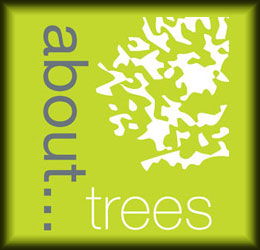

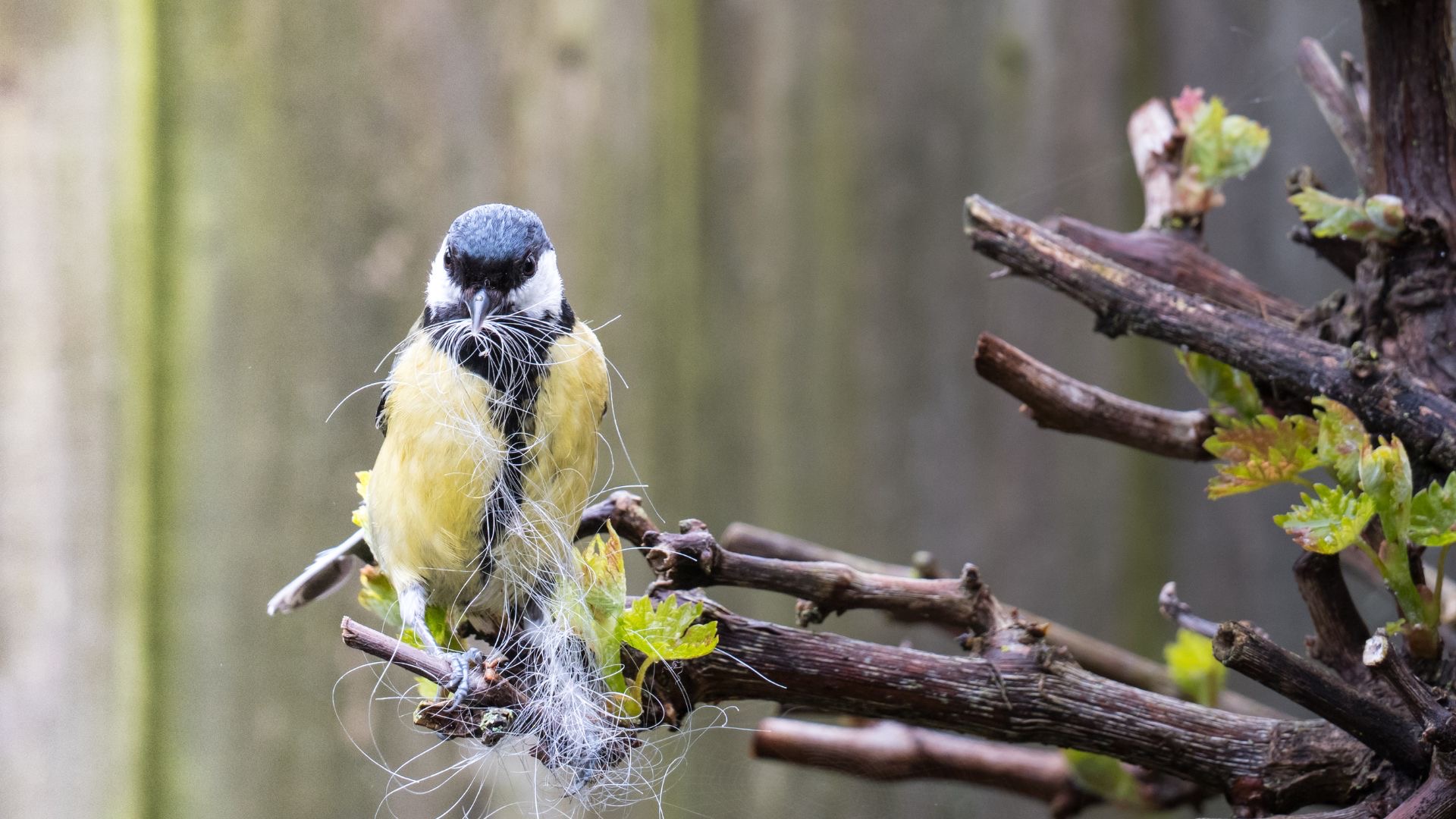
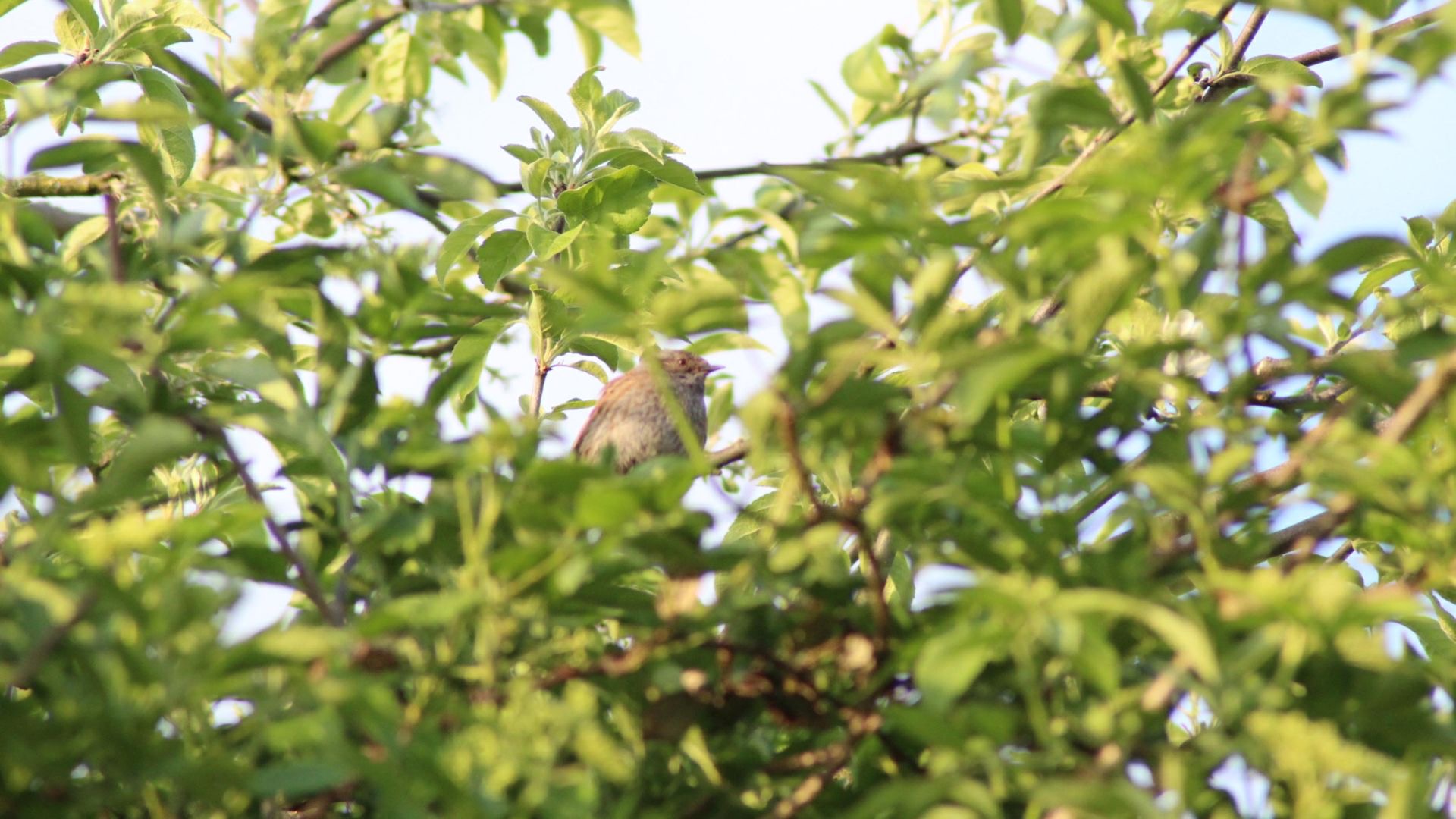
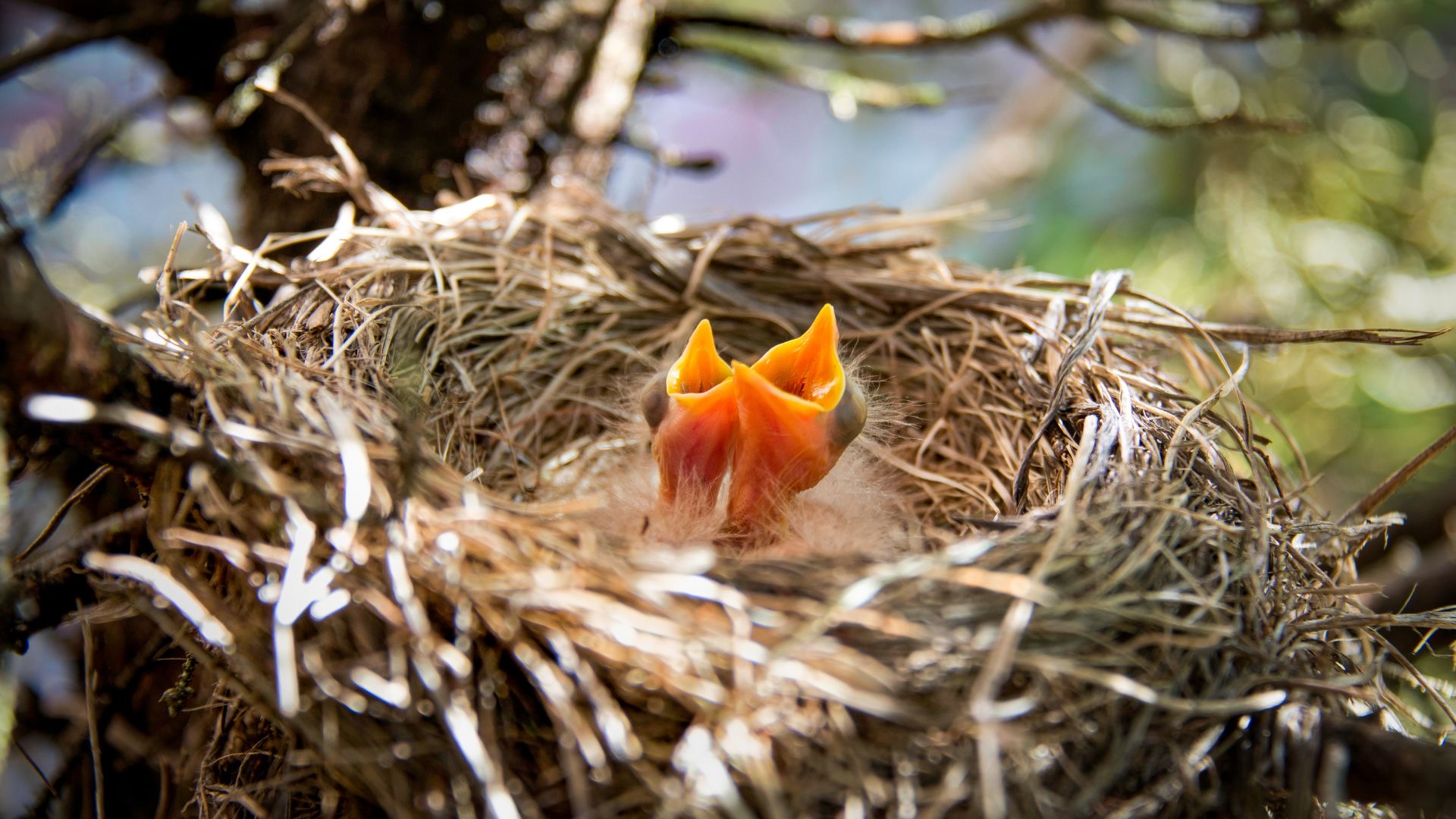
![Who is Responsible for Cutting an Overhanging Tree in the UK? [Understanding the Legalities and Your Rights]](https://abouttrees.co.uk/wp-content/uploads/2024/05/About-Trees-Overhanging-Tree-Neighbour-Garden-Tree-Surgeon-Kent.jpg)
